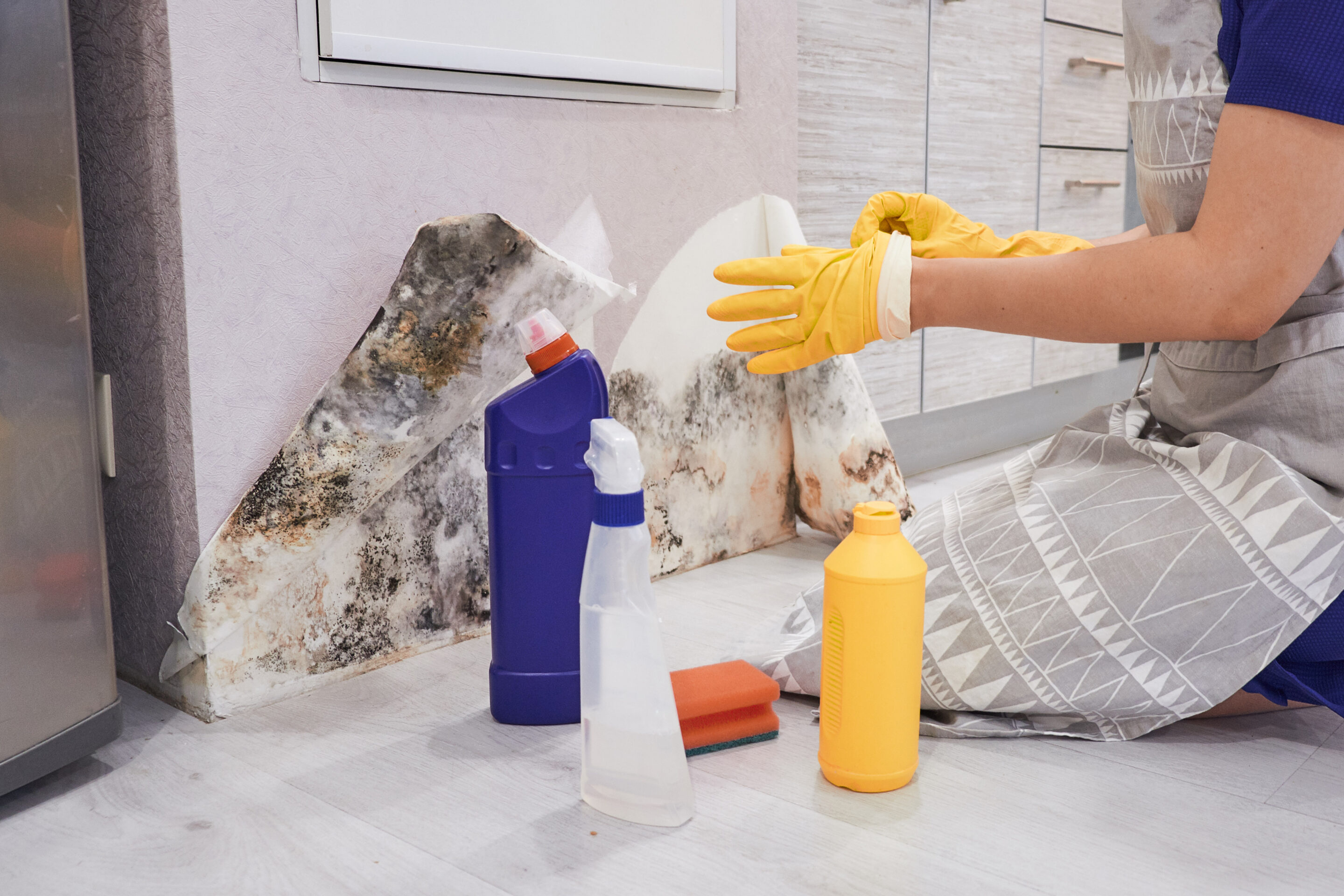Mold Claims:
Sarasota Home and Business Owners’ Guide to Coverage and Recovery
Sarasota’s humid climate and frequent storms create a perfect breeding ground for mold, impacting homes from Siesta Key to businesses along Tamiami Trail. Whether it’s a leaky roof in Gulf Gate or a flooded office near Palmer Ranch, mold claims arise when water damage goes unchecked. Insurance coverage for mold is tricky—often limited or excluded—requiring careful navigation. This guide helps Sarasota property owners understand mold claim exclusions, deductibles, and how to frame them as water damage, plus signs, testing, and health risks, with resources to maximize recovery.
Mold Coverage: Exclusions and Deductibles in Sarasota
Standard homeowners and business insurance in Sarasota rarely covers mold directly—it’s often excluded unless tied to a covered peril like a burst pipe or storm damage. Florida policies typically limit mold remediation to $10,000 or less, with exclusions for “neglect” or “long-term moisture” (Source: Florida Statutes Section 627.402). Check your policy for “fungi” or “mold endorsement” clauses—some offer extra coverage for a premium.
Deductibles apply as with other claims—usually $500-$1,000 for homes, higher for businesses—but may spike if mold stems from a named storm. The Florida Office of Insurance Regulation (FLOIR) helpline at 1-877-693-5236 can decode these limits (Source: FLOIR Consumer Services).

Framing Mold as Water Damage: A Better Approach
Insurers are more likely to pay if mold is described as a result of covered water damage—e.g., “A storm broke my roof, letting water in, causing mold.” This ties it to a peril like wind or pipe failure, bypassing exclusions. Avoid claiming “mold” alone—focus on the source. For a Longboat Key condo or Fruitville Road shop, document the initial leak with photos and repair receipts. The National Weather Service Tampa Bay Area offers storm data to link water entry to weather events (Source: NWS Tampa Bay).
Types of Mold and Signs to Watch For
Mold varies—black mold (Stachybotrys) thrives in wet drywall, common after Sarasota floods, while Aspergillus grows in humid attics near Venice. Signs include musty odors, dark spots on walls, or peeling paint in a Lakewood Ranch bathroom. Businesses near St. Armands Circle might spot mold under carpets post-storm. Early detection prevents claim denials for “neglect”—act fast when you see these clues.
Testing and Timeline for Mold Claims
Testing confirms mold type and scope—hire a certified inspector (search via Indoor Air Quality Association) to sample air or surfaces. Results strengthen claims, showing mold ties to a covered event. Florida allows three years to file property claims, but mold grows fast—report within days of discovery to avoid “delay” rejections (Source: Florida Statute 627.70132). Submit to your insurer with test results and water damage proof.
Coastal Mold and Hurricane Helene: Remediation Timeline and Why Time Matters
Coastal Sarasota faces heightened mold risks after major storms like Hurricane Helene, which brought devastating floods to Florida’s Gulf Coast. Along shorelines like Siesta Key or Lido Beach, storm surge and heavy rain soak homes and businesses, fostering rapid mold growth in drywall, wood, and fabrics. Black mold can emerge within 24-48 hours in these warm, damp conditions, as noted by the Environmental Protection Agency (EPA) in its mold cleanup guidelines. Time is critical—delays worsen structural damage and health risks.
Remediation must start fast: remove wet materials (e.g., drywall up to two feet above waterlines) and dry with fans within 48 hours, per the CDC’s mold prevention advice. Professional cleanup—costing $1,000-$5,000 for small areas, per industry standards—may take days to weeks, depending on damage scope. Sarasota County’s Emergency Management offers post-storm drying tips. File claims immediately—insurers may deny if mold spreads due to inaction.
Frequently Asked Questions About Mold Claims
Is mold covered if I didn’t know about the leak?
How much does testing cost?
What if my claim is denied?
Mold Myths vs. Facts
Myth: “All mold is covered by insurance.” Fact: Only mold from covered water damage qualifies—check exclusions (Source: FLOIR Basics).
Fact: Bleach doesn’t kill all mold—professional remediation is often needed for claims (Source: EPA Mold Guide).
Myth: “Mold isn’t a big deal.” Fact: It can damage property and health, especially in Sarasota’s humidity (Source: CDC Mold Facts).
Air Quality and Illness: Mold’s Hidden Impact
Mold affects indoor air quality, a concern in Sarasota’s sealed homes and businesses. Spores trigger allergies, asthma, or respiratory issues—black mold is notorious for this. The CDC links prolonged exposure to health risks, making swift removal critical. Test air quality post-mold discovery—results can pressure insurers to act if tied to a covered event. For cleanup, Sarasota County Environmental Health offers safety tips.
Recovering from Mold in Sarasota
Mold claims test Sarasota property owners, from Myakka River homes to Main Street offices. Frame them as water damage, know your policy’s exclusions and deductibles, and use testing to build your case. Resources like FLOIR, DFS, and the CDC guide you through recovery. If insurers refuse despite solid evidence, consulting a Sarasota insurance lawyer may be the next step to protect your property and health.
